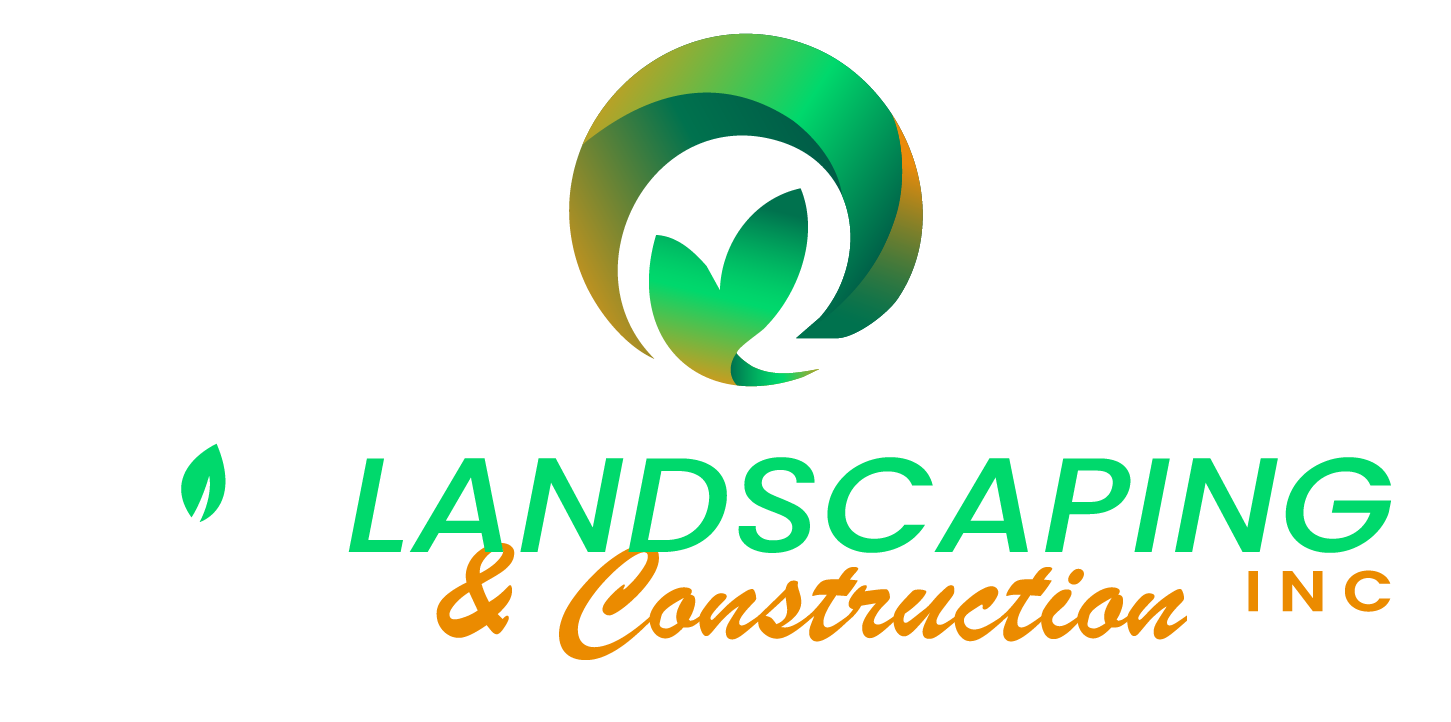Have you ever noticed your yard go strangely quiet? Fewer buzzing bees, fluttering butterflies, or darting hummingbirds? It’s not your imagination. Pollinators are in trouble—and that affects all of us.
The good news? You can help. Whether you have a small backyard, a balcony, or acres of space, you can design a pollinator-friendly garden that brings your landscape to life while supporting vital parts of our ecosystem.
Let’s dig in.
Why Pollinators Matter (and Why Gardens Are Key)
Pollinators—like bees, butterflies, beetles, birds, and bats—are responsible for fertilizing more than 75% of flowering plants and about 35% of global food crops, according to the U.S. Department of Agriculture (USDA).
That apple you love? Your morning coffee? The flowers in your bouquet? All made possible by pollinators.
But their populations are declining due to habitat loss, pesticide use, climate change, and disease. A pollinator-friendly garden helps restore the food sources and safe spaces they need to survive.
Choose the Right Plants (Native Is Best)
The most important part of a pollinator-friendly garden is plant selection. Native plants—those that grow naturally in your area—are the best because they’ve co-evolved with local pollinators. That means better nectar, better pollen, and better support for the creatures that rely on them.
Here are a few tips when picking your plant palette:
- Include a mix of bloom times so something is always flowering from early spring to late fall
- Aim for diversity—pollinators like a variety of shapes, colors, and scents
- Group similar flowers together in clusters for easier access
Examples of native plants to try (check your local extension office for exact matches):
- Milkweed (essential for monarch butterflies)
- Bee balm (a favorite of hummingbirds and bumblebees)
- Black-eyed Susan
- Coneflower
- Goldenrod
- Lupine
Don’t forget flowering herbs like lavender, thyme, and mint—they look great and attract pollinators, too.
Go Organic: Say No to Pesticides
One of the biggest threats to pollinators? Pesticides—especially neonicotinoids. Even small doses can disorient bees, impair their ability to forage, or even kill them.
For a truly pollinator-friendly garden, follow these safer alternatives:
- Use companion planting (like basil near tomatoes) to naturally repel pests
- Encourage beneficial insects like ladybugs and lacewings
- Try natural deterrents like neem oil, garlic spray, or soapy water
And remember: even “natural” products can be harmful. Always read labels and spray in the early morning or late evening—when pollinators are less active.
Provide Food, Shelter, and Water
Pollinators need more than flowers. They also need places to rest, nest, and drink.
Here’s how to offer all three:
Food:
- Native flowering plants and herbs
- Blooming trees and shrubs like dogwood or blueberry
Shelter:
- Leave patches of bare soil for ground-nesting bees
- Add a bee hotel for solitary bees
- Don’t cut everything back in fall—some pollinators overwinter in stems or leaf piles
Water:
- Place a shallow dish with pebbles and water in a shady spot
- Use a dripping hose or birdbath with landing spots
- Refresh water sources regularly to prevent mosquitoes
Keep It Blooming Year-Round
One of the most underrated tricks to supporting pollinators is providing consistent blooms. Many insects emerge in early spring, but others—like migrating monarchs—need food well into late fall.
Try this:
- Early bloomers: crocus, wild columbine, serviceberry
- Mid-season: milkweed, bee balm, phlox
- Late bloomers: goldenrod, aster, sedum
By staggering bloom times, you’ll ensure that your garden always has something delicious on the menu.
Bonus Tip: Embrace the Wild
A perfectly trimmed yard might look “neat,” but a little messiness is great for pollinators. Let some areas go wild with native grasses, flowering weeds like clover, or even a small meadow patch.
You don’t have to sacrifice beauty—many pollinator plants are showstoppers. And watching bees and butterflies dart through your yard? That’s landscaping and entertainment.
Final Thoughts
Creating a pollinator-friendly garden is one of the easiest, most impactful things you can do to support local wildlife—and it’s incredibly rewarding. You’ll save water, use fewer chemicals, and enjoy a lively, beautiful space that’s constantly buzzing with life.
To recap:
- Choose native plants that bloom across seasons
- Avoid pesticides and go organic
- Provide food, water, and nesting space
- Embrace some wildness and let nature work its magic
Whether you’re planting a few milkweeds or transforming your whole yard, your garden can become a vital oasis for pollinators—and a daily joy for you.
Want help designing your perfect pollinator paradise? Keep reading our blog for plant lists, garden layouts, and easy DIYs to make your yard buzz with purpose.
